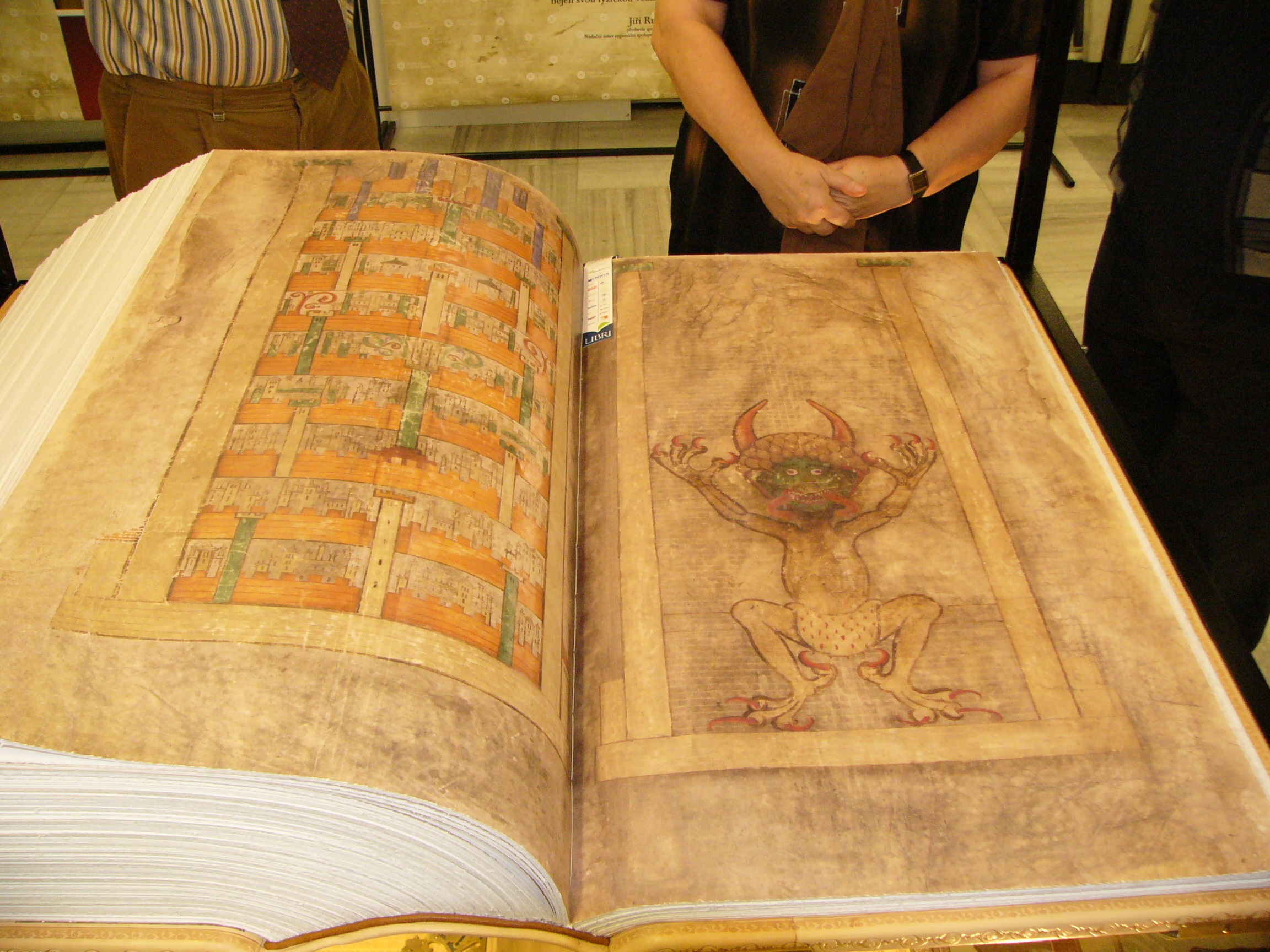Due to my back issues, I completely missed the Story Teller doing the World of Darkness with pretty much everything goes.
Thankfully, after thousands of dollars, two shots in the back, lots of physical therapy, and perhaps another shot to come, my back pain is under control enough that I can sit and stand and go out long enough to play.
The new GM is running the Hoard of the Dragon Queen. I wasn't impressed when I initially read the module but that's okay. I'm not running it so the Dungeon Master can do whatever he likes!
I made a Warlock.
Initially I was going to make a Blade Warlock. The idea seems very cool. Who doesn't want a character that you can form a lightsaber right?
But the mechanics didn't seem to back it. It seems more of a "cool" thing as highly effective.
Part of that goes into the whole dreaded crunch versus fluff. For example, to start off with the warlock, it makes it seem almost like a wizard in their quest for knowledge. But your primary stat is charisma. Probably to represent the bond between caster and pact master.
But even in the quick build, it's secondary stat is recommended to be constitution.
And if you want to have some effectivity as a warlock with a blade? You'll need strength.
Not going to happen with point buy without some heavy sacrifices in other places.
Don't get me wrong, I'm not such a twink that I can't play such a character.
But I'm also not that interested in min-maxing a character where I need to worry about how best to make a character so I just went with a Warlock that's going to do the whole eldrich blast thing.
I went with the Old Ones pact and the GM is letting me use the default aberrant style baddies in Eberron for it.
He's using a few of the optional subsystems in his game. For example, the passive initiative rule. He's also got the action points going on and is allowing people to use information from the WoTC articles so we have a Warforged in the group.
But he's also using Blood and Steel for critical hits. The old Blood and Steel is a Mayfair supplement for their Role Aids line that was meant to supplement Advanced Dungeons and Dragons back in the day.
It's fantastic if you like horrific combat. It's terrible if you're a player in such a game. It came down to a vote and the people who are against it on the grounds that "monsters are always going to be rolling more dice than characters" lost again "But it's so cool!" and probably a bit of nostalgia since they were in heavy use with the groups I played with back then.
Mind you I was one who voted against them. But that didn't quite matter. Over the course of the game, three critical hits rolled; two against the party, one against some generic monster. Yeah, the prophecy is already coming true.
The GM wants us to have miniatures too. I'm probably going to use this guy:
That's a Bones Miniature, available from Reaper Miniatures unpainted. This particular paint job is from Rich Burge. It's a solid paint job. Mine will not look anywhere near as nice.
On a side note, one of my friends was flipping through his book and a section of multiple pages just feel out. We laughed, he raged and claimed it was the shoddy workmanship of Chinese but a quick read through shows that the book was printed in America. Good job my fellow Americans! He's going to contact WoTC and see if they'll comp him.
So what is everyone else playing or running these days?










